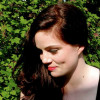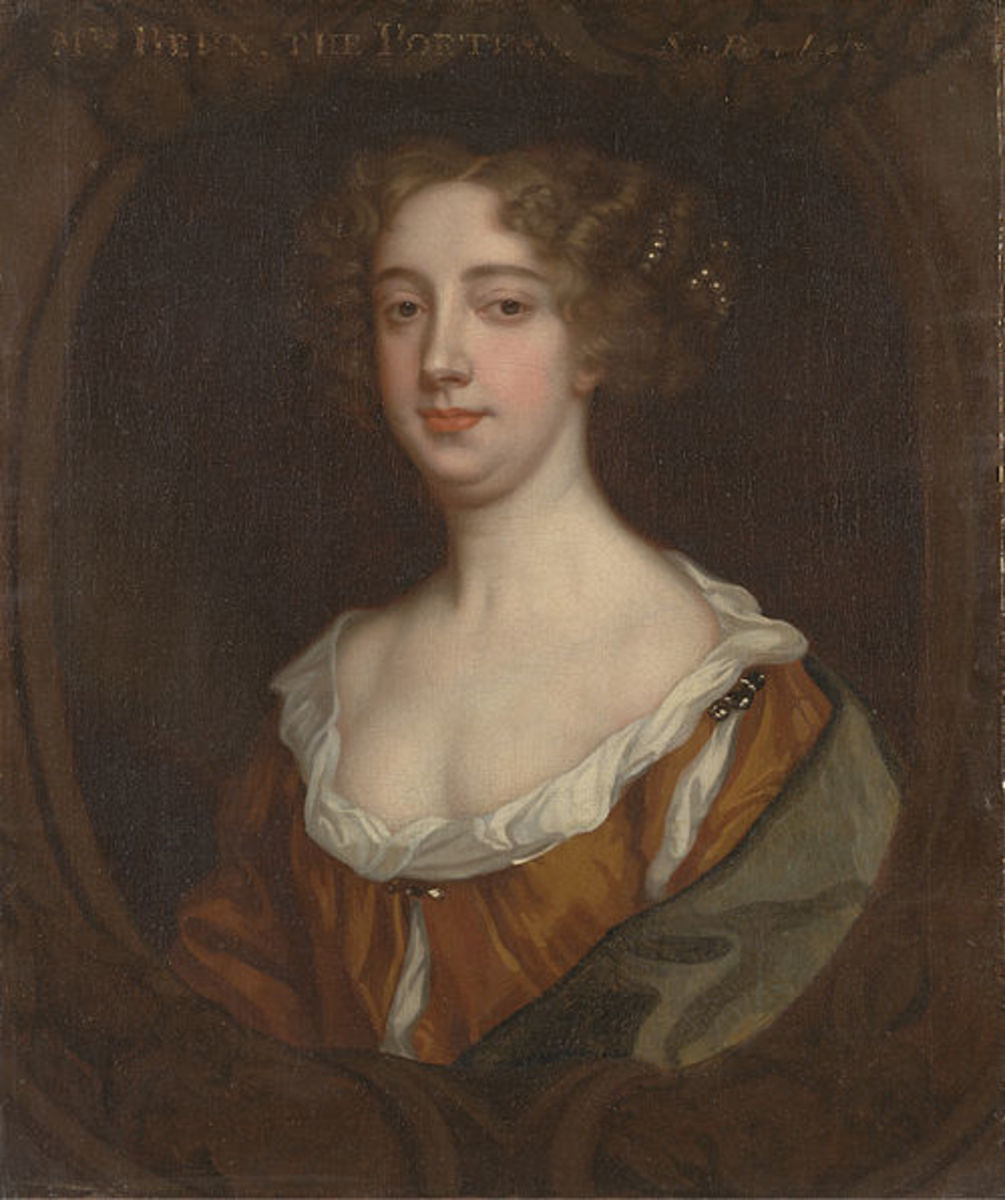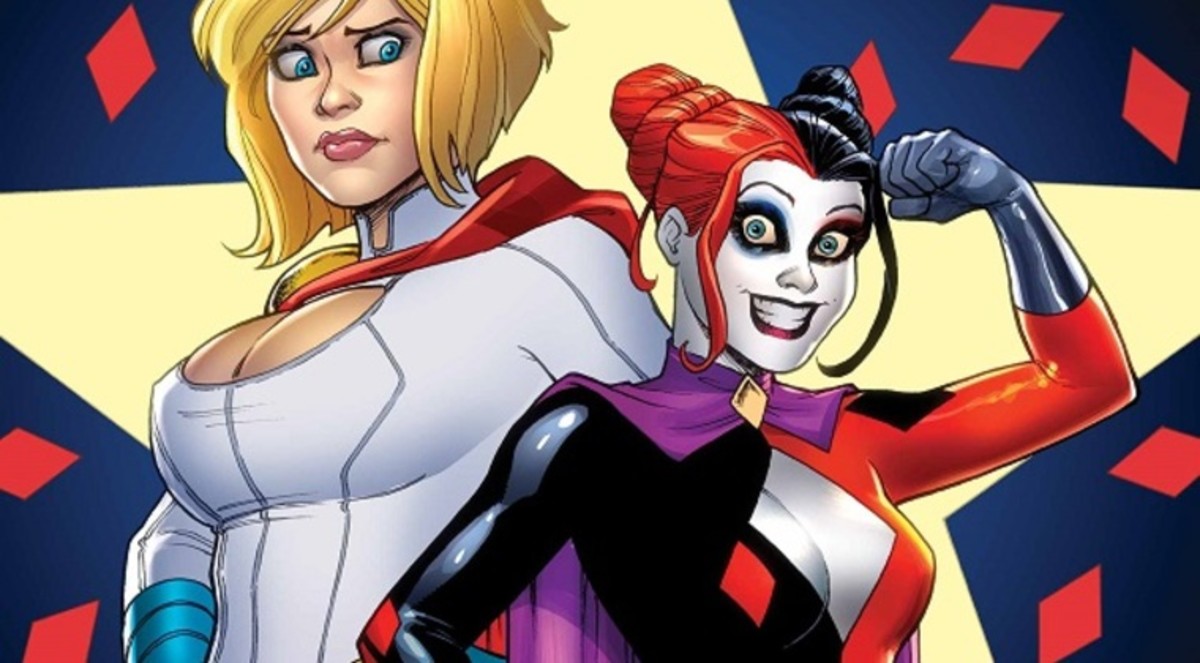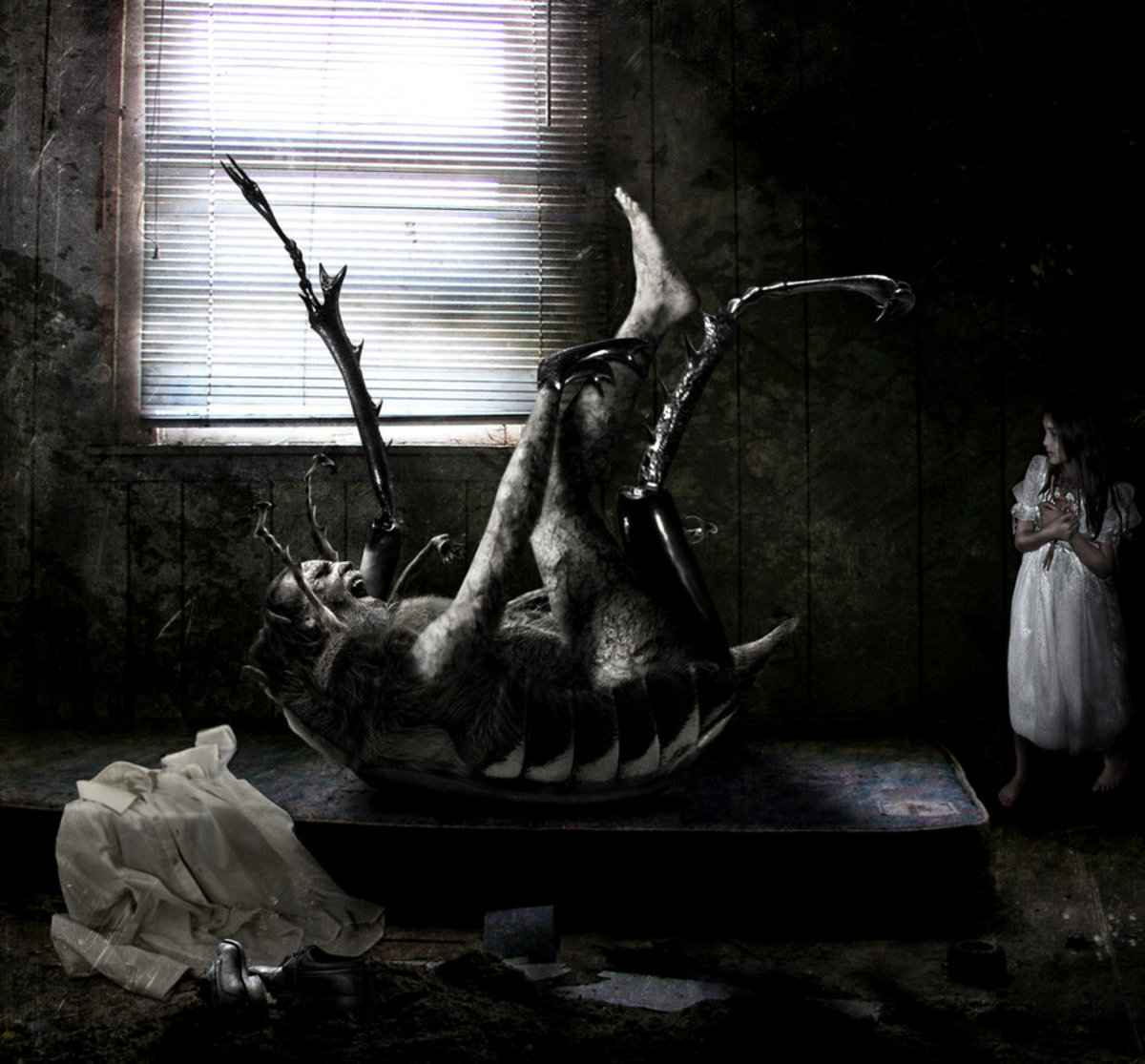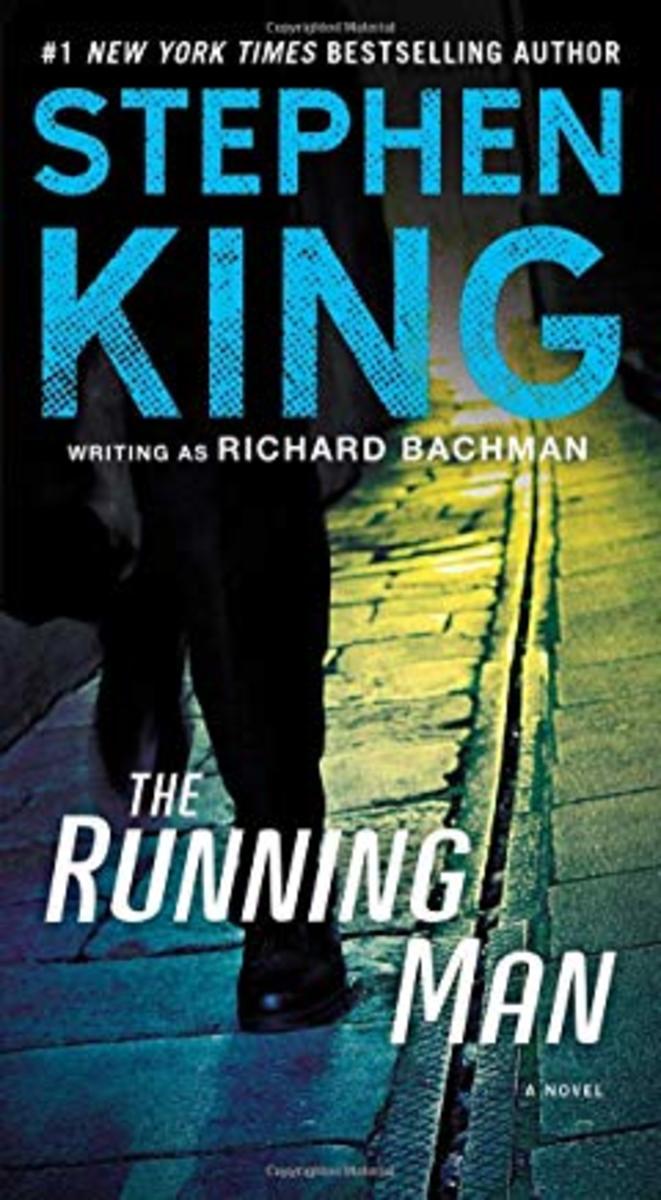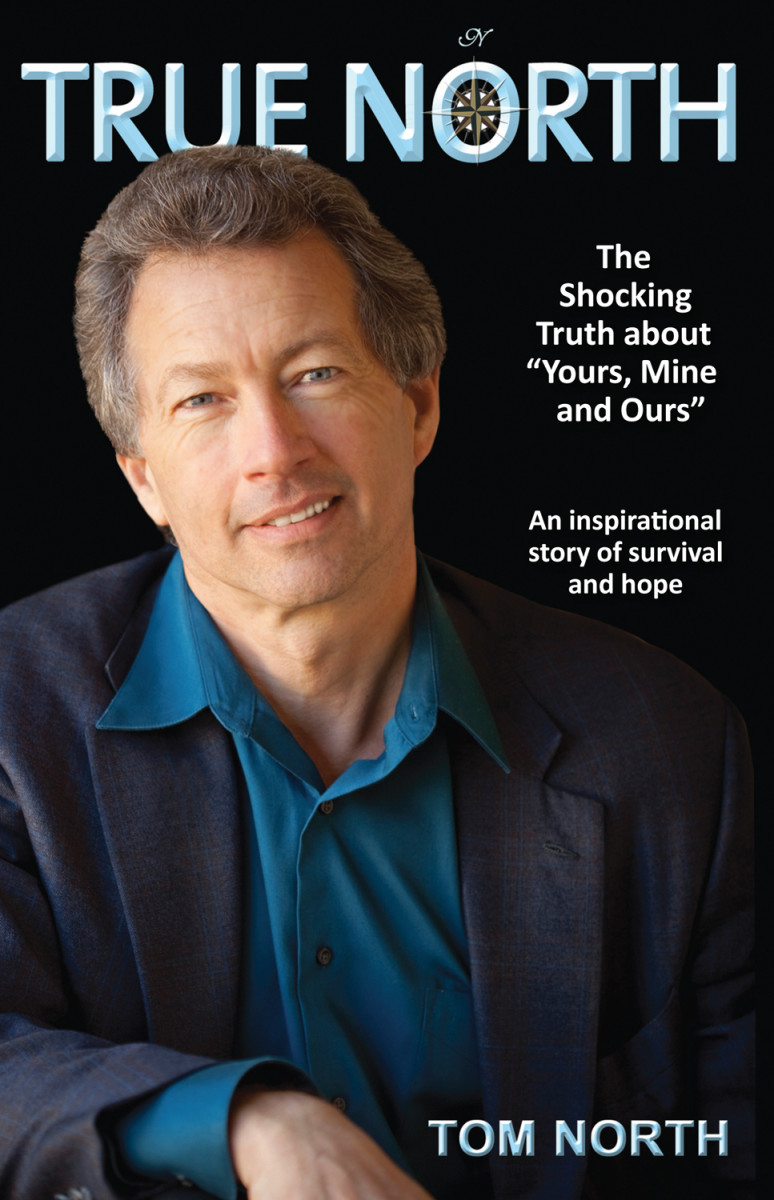Literary Theory: A feminist Approach
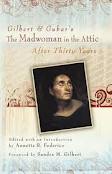
A look at feminism in literary History
Feminist literary theories are an essential part of feminism that aims at understanding the position of women and gender struggle as an element in literature and to understand the nature of gender inequality. It is an intricate area of study that draws from a range of critical theories, such as Marxism, structuralism and cultural materialism. Feminist literary theory is often described as the use of feminist principles and techniques to analyse written constructions of gendered meaning but the definition of gender and feminism has changed significantly since the early 1970’s. Literary theorists have created a progressively diversified field of study by embracing already existing feminist perceptions and applying them in new ways. For the woman’s movement of the 60’s and early 70’s, however, the subject of feminism was women’s experience under the convention of male rule which silenced women’s voices and treated their trepidations as marginal. With men saying “The females female by virtue of a certain lack of qualities” (Aristotle) or that woman is an “imperfect man” (St Thomas Aquinos) and excluding women from many social, political and economic activities, writing became the only way for women to assert their individuality and independence.
The basic method of feminist literary criticism includes identifying with female characters and re-evaluating literature and the world in which it’s read. Identifying with the female characters is a way to challenge the male-centred outlook of authors, as feminist literary criticism suggets that woman were historically portrayed as objects seen from the male perspective. In re-evaluating literature they question whether society has predominantly valued male authors and their literary works because it has valued males more than females. The worth of women writers is being based, not on any consideration of their writing, but on their sex. When one is presented with an exclusively male literary tradition, and this is how the early novel has been presented, one must keep in mind it is not because women didn’t write, get published or were un-acclaimed.
Most of the novels written in the 19th century by female writers used the house as the central image, because, like their heroines, female writers were almost exclusively confined to the house. Their experiences were not as broad as their male counterparts, because they were isolated, particularly from business life. Although the female writers favoured the personal voice in their fiction due to their limited experience of the world, they were aware of its difficulties. In a world where the woman is viewed as the object, and not the subject who could participate in its affairs, the subjective voice was suggestive of a reaction against typical morals.
Dale Spender wrote that even in university, the introduction to the ‘great’ novelists, with the exception of the five great female novelists, was really an introduction to great men (Macmillan, 1997). Spender was led to believe that men had created the novel and that no women novelists existed before Jane Austin. Ian Watt, a literary historian and critic, wrote that men are to be congratulated on the creation of the novel and that Jane Austin provided a steady influence for this new form of literature but neither she, nor any other female writer, helped create it (Pimlico, 1957). To see Jane Austin as the starting point of novels is to be mistaken however, as more than a century before her, women were picking up pens in ever expanding numbers and with remarkable success. An assortment of women, from different backgrounds, regions and with different concerns published many well-acclaimed novels such as Aphra Behn and Fanny Burney.
George Sand, also known as Amandine Aurora Dupin, was an eighteenth century French writer who symbolized women’s rights and freedom. She created female characters that were educated, intelligent and unafraid to speak their minds. An example of this is in ‘Indiana’ (Oxford University press, 1832). Up until this point, all romantic heroes had been men, who at his stage were considered the only gender with the education and self-awareness necessary for the full emotional experience. Sand disagreed and wrote a story based on a woman’s emotional journey through a series of abusive and unhappy relationships. Another strong feminist writer of the eighteenth century was Flora Tristan. Tristan never understood Sand’s form of activism as well the fact that she expressed her feminism through fiction and under a male pseudo name. By writing as a man, she was doing an injustice to women and her fictional writing weakened her political argument, “How effective can accusations be when they are disguised by fiction” (Beik, 1993). Both of these feminist female writers had very different opinions on how to communicate their political views whether it was expressing through fiction or in books and essays that inspired people to fight.
To contrast a female writer and a male writers female characters, Charles Dickens ‘Pickwick Papers’ is a notable example of how he uses his privilege as a storyteller to promote distorted views of the females function in society. Not only are his main characters men, he relied heavily on the common opinions of the time regarding women and created them as passive and domestic, the most favourable women in the story being those who receive little mention, bar descriptions of their beauty or docility.
Sandra Gilbert and Susan Guban explore the theory of male writers female characters in “The Madwoman in the attic: The Woman Writer and the Nineteenth Century Literary Imagination”(Yale University, 2000) examining the idea that women writers of the 19th century were limited in their writing to make their female characters either personify the ‘Angel’ or the ‘monster'. This struggle stemmed from male writers who tended to categorize their female characters as either pure and angelic or rebellious, shabby women. Gilbert and Gubar stress the importance of killing off figures of the ‘Madwoman’ or ‘monster’ because neither are accurate representations of women. Female writers should strive for definitions outside these boundaries.
Virginia Woolf developed and enhanced the views that the male dominated ideas of the patriarchal society prevented women from realising their potential and creativity saying “In the first place, to have a room of her own, let alone a quiet room or a sound-proof room, was out of the question, unless her parents were exceptionally rich or very noble, even up to the beginning of the nineteenth century... Such material difficulties were formidable; but much worse were the immaterial.”(Blackwell, 1988) She also wrote about the ‘Angel in the house’, an ‘Intensely sympathetic’ unselfish girl with no mind of her own, referring to the female characters portrayed in male novels. According to this ‘angel’, the truth about human relations, ethics and sex cannot be dealt with freely and honestly by women. They must, instead, tell lies to flourish. If a female writer writes about women, she risks labels such as ‘partiality’ or being a ‘woman’s book (Blackwell,2011)’.
Robert B Martin wrote that ‘Jane Eyre’ was the first feminist novel, even though the book contains no hints of a desire for political, educational or even intellectual equality between the sexes (Norton, 1966). Instead, Bronte merely wants recognition that both sexes are similar. This is portrayed when Jane responds to Rochester’s callous proposal saying “Do you think I am an automaton/ a machine without feelings?...Do you think, because I am poor, obscure, plain an little I am soulless and heartless? You think wrong-I have as much soul as you…I am not talking to you now through the medium of custom, conventionalities, nor even of mortal flesh;-it is my spirit that addresses your spirit…and we stood at god’s feet, equal-as we are now” (Bronte, 1897, p252). This is the complete opposite to a male writer’s female character, being outspoken and frank.
Feminist criticisms self-transformations over the past decades as it engages critiques from psychoanalysis, Marxism, Post structuralism and post-colonial theory, has produced a complex propagation of work not easily incorporated in a single description. Early feminist scholars realized that the standard taught in schools was overwhelmingly male. To be a woman student in the 1960’s was to hear recognizable male points of view, some of which were misogynistic yet declared universal. Female scholars dealt with this by examining issues of what it meant for women to look for entry to a tradition subjugated by images that did offense to women (Gilbert and Gubar’s ‘The Madwoman in the Attic’) or by questioning how women were represented in ‘Great’ literature (Judith Fetterley’s ‘The resisting Reader’). In re-evaluating literature and the world in which it’s read, women are questioning whether society has primarily valued male authors and their literary works because it values males over females. Women have realised that they can only change the way women are portrayed or represented in literature by changing the characteristics of female characters, instead of making them background, unimportant characters, they should be strong, educated females, unafraid to answer to men. Overall, a feminist approach to literary history involves the following: To develop a female tradition of writing, to interpret symbolism of women’s writing so that it will not be lost or ignored by a male point of view, to rediscover old texts, to analyse women writers and their writings from a female perspective and to resist sexism in literature. It is asking new questions of old texts and understanding the politics of women's authorship and the representation of women's condition within literature.
Bibliography
Besley, Catherine. The Feminist Reader; Essays in gender and the politics of literary criticism, Second edition, Macmillan, 1997
Eagleton, Mary. Feminist literary theory: A Reader, Third edition, Blackwell, 2011
Eagleton, Mary. Who’s Who and Where’s Where: Constructing Feminist Literary Studies, Palgrave Macmillan Journals, 1966
Martin, Robert B. Charlotte Brontë's Novels: The Accents of Persuasion. NY: Norton, 1966.
Rivkin, Julie. Literary theory: an Anthology, Second edition, Blackwell, 1998
Gilbert, Gubar. The madwoman in the attic, The Woman Writer and The 19 Century Literary Imagine, Yale University, 2000
